Desi Ghee (Clarified butter) is widely used in India for ages. Ghee is considered to be an Ayurvedic medicine and used to cure many diseases. Ghee is the only dairy product that can be consumed even if the baby develops an intolerance for lactose and casein.
According to ancient Ayurvedic texts, cow ghee is a “sattvic” food that ensures well-being. And, healthy development of the whole body, including that of the heart. Ghee is comprised of a myriad of daily essential dietary elements like CLA (Conjugated Linoleic Acid), Omega 3 and Omega 9 essential fatty acids along with vitamins A, D, E and K.
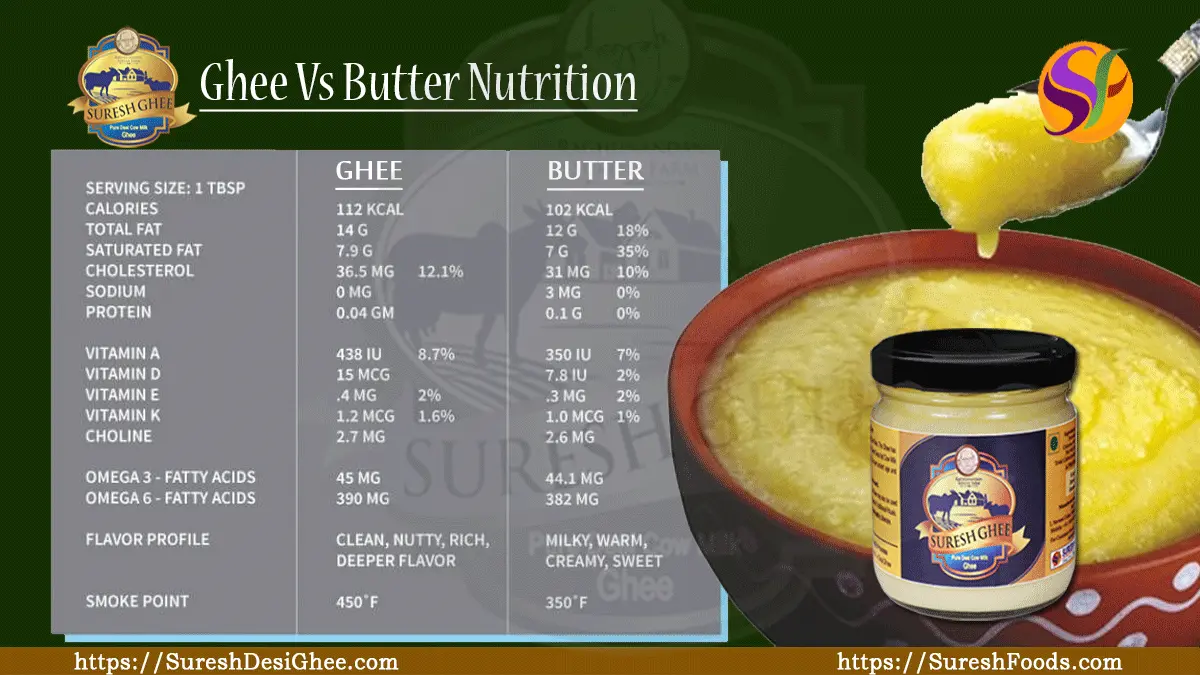
Ghee is a clarified form of butter that possesses high nutritional value for your kids. As a parent, feeding your child right is your only aim. And your kid’s diet needs to be well-balanced and composed of different vital nutrients. The essential elements present in ghee help your kids growth and development. Excess ghee consumption can make your baby obese, but a limited intake can cause no harm to your growing baby.
How is Ghee beneficial for babies?
Ghee is a healthy source of fat and contains DOCOSAHEXAENOIC Acid (DHA), which help develop brain tissues and growth for a baby. Because Ghee is a healthy fat, it is a great source of energy, thus it provides your baby lots of calories to stay active. Ghee is well renowned for its anti-fungal, anti-oxidant, anti-bacterial, and anti-viral properties which can boost eyesight, immunity, digestion and help your baby achieve optimal growth.

Buy cow Ghee Online: Order Now. Free Shipping
Improving the kids brain’s abilities
Ghee, being a storehouse of omega-3 & omega-6 fatty acids, provides great benefits to nerves and the brain. Deficiency of these fatty acids leads to an increased risk of brain-related disorders like dementia and Alzheimer’s in advanced years. Hence, make it a habit to inculcate ghee as a compulsory dietary element as it enhances the adequate synthesis of all nutrients in the child’s nervous system, especially the brain.
Preventing chronic diseases
Although ghee is a prominent member of the saturated fats family, the ingredient is considered an ideal match for Indian recipes because of its high smoking point. Ghee generates the least amount of free radicals, thereby cutting down the risks of cancer as in the case of other dietary fats.
With wondrous properties of various vitamins, especially of Vitamin D, cow ghee also improves visual power and is good for bones and muscles development. Supported by powerful antiviral & antifungal properties, ghee also helps in strengthening children’s immune systems against infections such as coughs and colds.
Energy Booster
Desi ghee is a very good source of energy that kids need for growth during infancy. Babies are expected to triple their birth weight in one year. With most babies becoming physically active by crawling and walking by the age of one – they need a dense source of energy for wholesome development.
Other Amazing Health Benefits of ‘Ghee’ for Babies:
Using ghee for treating eczema in babies: If your baby is suffering from itchy, red, and swollen skin, Ghee is the best medicine. You can take a pinch of ghee and rub the same on effective area for about 3-4 times daily. This will soften the baby’s skin and due to Ghee’s anti-inflammatory properties, ghee will help in the treatment of eczema.
Using ghee as massage oil: Ghee is having a hot property. Massaging your baby with Ghee increases better blood circulation and the growth of infants. This will also help the baby to get smoother and supple skin.
Using Ghee for treating cough and cold: For babies who cannot have ghee in diet, peppercorns can be heated with ghee and little quantity of remaining ghee can be given as medicine to babies to treat cough and cold situation.
How Much ‘Ghee’ Does My Baby Need?
Always use pure desi cow milk ghee for your babies; this will give required nutrition to your baby. You can give ghee in khichdi, rice, as a dip for idly, you can use it as a substitute for Oil in your food. Here is some idea about the measurement of ghee can be given to babies:-
| Month (Year) | Quantity | Servings |
| Six months | ½ teaspoon | 2 |
| Eight months | ¾ to 1 teaspoon | 2 |
| Ten months | 1 to 1 ¼ teaspoon | 3 |
| 1 year onwards | 1 to 1 ¼ teaspoon | 3 |
| 2 years onwards | 1 ½ to 2 teaspoon | 3 |

When and how to give ghee to your baby, infant and its health benefits?
It is important to seek your pediatrician’s advice before giving ghee to your baby. Professional advice is recommended for babies who have had jaundice as newborns. Neonatal jaundice is common in most babies. However, if your little one has had a prolonged episode of the disease, avoid giving fatty foods. A compromised liver finds it difficult to digest fats, which may get accumulated in the liver causing health issues.
Amount of ghee can I give my children?
As soon as your baby becomes 6 months, we are having stress about their food, or arise the question of what nutrition we have to add to their food. Also, you can massage the baby’s body with ghee for skin benefits. Ghee has made a remarkable spectrum of health benefits as the food contained should be full of vitamins as it helps children to grow in their initial years.
- After six or seven months you can add a few drops of ghee to the baby’s meal.
- After one year increases the amount of ghee by one tablespoon a day.
As it is homemade ghee it helps not only for enhancing the taste of food but also free of chemicals.
How can you add ghee to a baby’s diet?
For adding desi ghee to your child’s diet there are different ways. Following are tested and tried suggestions for you to try for your kid.
- Morning: If you are feeding paratha, roti, or upma then top it with a few drops of ghee on the food. Its results enhance not only the sense of smell or taste but also make love for food to kids.
- Afternoon: if you are feeding roti then smear some ghee on roti with sabzi. Or you can add ghee on dal and khichdi for digestion purposes as afternoon food is heavy to the body.
- You can use desi ghee for frying purposes also. For example, you are giving an omelet then first add one spoon of ghee while making the dish.
FAQ
Sometimes it can be. Ghee is typically obtained from cow’s milk, which is a usual food allergen seen in young children, accountable for around 20% of childhood food allergies. Ghee processed from the milk of other animals, which is buffalo, goat, sheep, or yak, may also give rise to allergic reactions matching those connected with cow’s milk ghee.
But the silver lining is that milk allergies mostly resolve with time. Studies illustrate that the majority of children going through cow’s milk allergies tend to outgrow them by the age of six.
Ghee is normally considered to be less allergenic as compared to the other dairy products as the milk solids that can activate milk allergies are generally removed during its production process. Although, it is necessary to understand that production techniques can vary, so ghee may not always be completely free of milk solids.
No, ghee is not generally related to choking hazards for babies. While conceptually, any food can possess a choking risk, ghee is not a general concern. As always, it’s necessary to ensure a safe mealtime surroundings, stay within arm’s reach from the baby, and be consistent with the age-appropriate serving suggestions.
For those children who are under the age of two, there is normally no requirement to inhibit fat intake as it grants the necessary energy to support the prompt development of their brains and bodies. The key is to include ghee into well-rounded meals and enable the child to determine their food consumption.

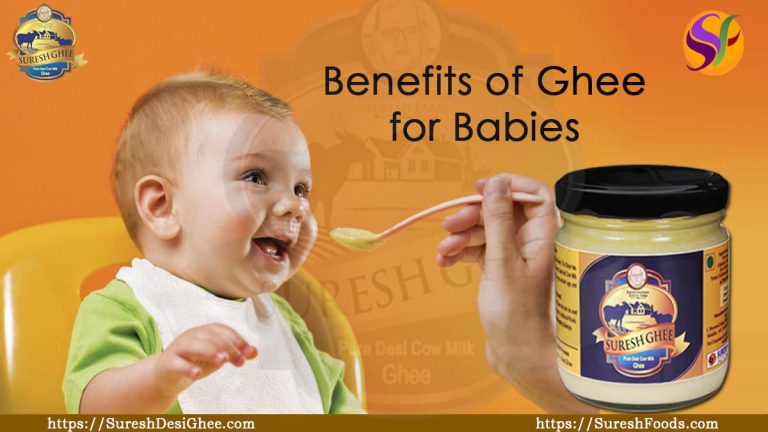

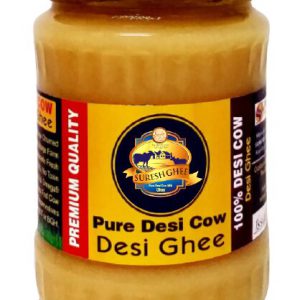
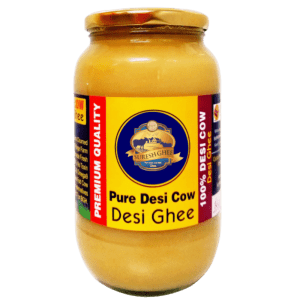
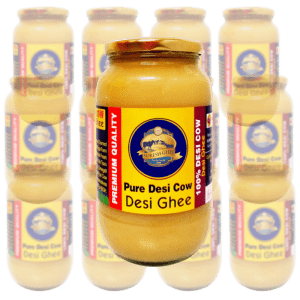
 WhatsApp us
WhatsApp us
Naveen m...